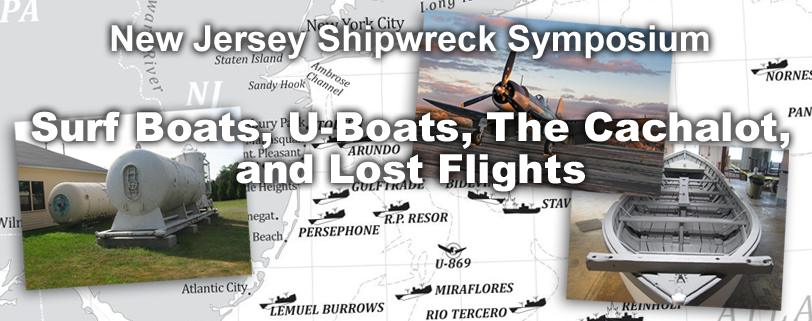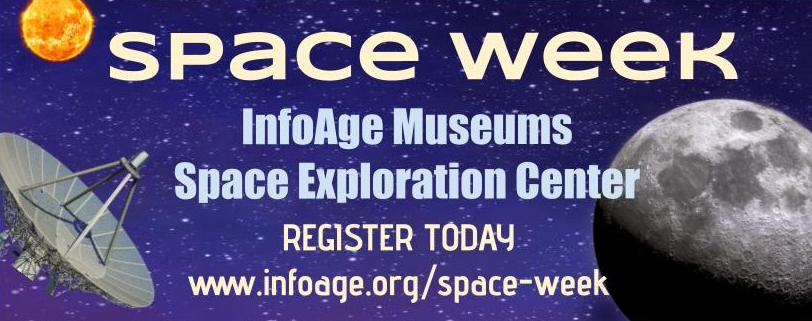The History of InfoAge Science & History Museums
Oral Histories - Oral History of DR. STANLEY KRONENBERGInterviewee: DR. STANLEY KRONENBERG
Interviewer: Michael Ruane
Date: 1998?
Place: Camp Evans – 9039
Media: NTSC Video
Summary: Mr. Irv Bauman
TAPE 13
DR. STANLEY KRONENBERG
Once again, Stanley returned to continue his interview. He reiterated he had spent 46 yrs. at the Night Vision Lab as of last Sept., He was born in Vienna and later moved to Austria. He attended the University of Vienna receiving his PhD in 1952 in Nuclear Physics. His first job was in the Vienna General Hospital as a Urologist. He received a card from the American Embassy inviting him to visit. He was interviewed by a Col. Wagee and a Dr. Ziegler, who offered him employment with the U.S.Army. At that time, there was intense competition between the U.S. ad Russia in the field of Nuclear physics On April 1, 1953, he was married and left for the U.S. alone while his wife remained behind to finish her Doctorate. Stan joined the Nucleonics Branch where he worked in nuclear physics and solid-state problems. Later he participated as a project officer in the nuclear tests in Nevada and in the Pacific. His work related to equipment to measure radiation intensity and history of exploding weapons. He accumulated diagnostic data finding the work interesting and busy. He worked long hours with little sleep. He supervised 80 people in Nevada and the Pacific.
He then joined the Institute of Exploratory Research consisting of 3 Divisions, E for Electronics, S for Surveillance, and he forgot the third. He became Director for Div. S in 1962 for a short while. That job lasted 2 yrs. He indicated that the major components of an explosion are gamma rays and neutrons. He then said that, though he managed Div. S, he was able to continue his research on the bench, getting his hands dirty. He then became involved in Ionization Dosimetry and secondary electron dosimetry. He became a Consultant to FEMA on dosimetry. He developed his Resistivity Insulator, a super Insulator with no leakage, one which is in use today.
In 1983, he changed his job, as the Institute was dissolved. Once again, he reiterated his love for basic research to measure radiation detection as well as that relating to medical applications, to render radiation safer for therapy. Stan developed a nuclear radiation imaging system capable of measuring extremely small angles. He published many papers. He was approached by a company called Conveyor Corp. that applied for a license to check for the presence of bombs in luggage at airports. Stan said that life was pleasant though the work was dangerous. It was important, making a significant contribution to medicine, U.S. prestige, and resulted in progress for mankind. Asked about his colleagues, he said most of them were deceased, and they included people like Wolfgang Gramm, Dar. Hans Bombke, Mr. Berkovitz, Mr. Lox & Harry Van Vorden. Dr. K then mentioned that Dr. George Brucker, after leaving Sarnoff Labs & later GE, returned to Evans to work with him. They published papers together. Dr. K. has 2 children, very well educated, a son educated at M.I.T with a Ph.D. in the same area as his father, and who is presently building a home in Connecticut.
Dr. K has 40 patents, some in Radiochromic Dye Dosimetry. He spoke of prolonging the life of auto tires by radiation. He studied Chemistry. He was also involved with Nuclear weapon diagnostics, work of a classified nature. In the early days, only Army was interested in nuclear subjects, later NASA participated. Redstone Arsenal fired the first satellite. Then the Space Agency was formed to which Dr. K Still contributes. He worked on an Imaging System with high resolution, writing several papers with others. He developed a system that could penetrate thick concrete walls to see what was going on inside. This work is still in progress and doing well.
He was approached by a customer with a problem with a fired rocket that lost its charge in a certain region of space. Stan succeeded in keeping the power supply from discharging, utilizing the high vapor pressure from mothballs. He was very proud of finding this cheap and easy solution. Dr. K did a lot of work in Solid State Physics, working with CdS photoconductor research, also approaches to integrated electronics. He has an apparatus that generate needed gamma, neutron, and other particles. In all his work he gets great cooperation from the machine shops. He buys little and builds whatever he needs, with the shop’s help. Outstanding physicist personnel includes Wolfgang Cam, Berkovitz, Lux, Bracker. Among the shop people that proved to be outstanding were Harry Van Gordon, a great technician, George Fagan (still alive), Joe Crotshfelt (died last year).
Russia never approached Stan. His wife worked for Princeton Univ. on Jet Propulsion. Stan would drive to work 55 miles each way which he enjoyed because it afforded him time to concentrate on his work problems while driving. He met Oppenheimer, Einstein (before he died). One of Stan’s customers was the Defense Nuclear Agency who funded much of his work. FEMA also was generous. Stan is 71 yrs old and does not plan to retire. He prefers to work until carried away. He considers Terrorism, the USA’s biggest threat. To his knowledge, the Soviets had large thermonuclear weapons with long lingering fallout. Strontium had a half-life of 27 yrs. Dr. K indicated that some of his experiments were self endangering. He went on to say he has a hobby of stamp collecting. He has 75 volumes containing stamps from the year 1300 thru to the present. Stamp collecting started in England in 1840. He lives in Skillman, NJ in an all-stone home, which he and his wife built together. He has done lots of masonry, carpentry, plumbing, and sheet metal–a jack of all trades. He attended many international meetings and met many high-level people in Russia and other countries.
The Gov’t licensed one of his patents to a company that pays a royalty to the Govt, who, in turn, sends 25% of that royalty to Dr. K. This related to a Dosimeter Charger and he explained its technology, as well as some of the others to include a radon detector he had previously described in an earlier taped interview. Aerotech Inc. is/has built 1000 of the Radon detectors Stanley then spoke of the excitement of doing basic research and finding that his efforts are successful to produce an improved item. His favorite example is a Wave-Guide Dosimeter which turns blue when exposed to radiation. He feels that Space contains lots of radiation. A Space Station depends upon electronics for survival. He cited Dr. Heifetz, Beverly Hills, CA who treated a brain tumor with radiation calibrated by Dr. K.
His daughter is a musician; his son a Ph.D. in Theoretical Physics and works for a large company. He loves his job and manages to assist his dad frequently. Dr.K. remarked that whatever he makes or comes up with, remains his property forever, unlike the return to the average worker today. He then discussed the philosophy of choosing a profession. He feels we are slaves of the computer which breaks down from time to time. Again, he feels computers are ruining our culture. In a second breath, he points out that a program initiated in May 1997 is still running.
90 min.
Page created August 2, 2002
We Need Your Help! Volunteer with Us.
Join our mission to preserve historic Camp Evans and teach the public about science and history.
Sign up to join our team of volunteers and start on your own mission today.
InfoAge Science & History Museums
2201 Marconi Road
Wall, NJ 07719
Tel: 732-280-3000
info@infoage.org
webmaster@infoage.org

